Nabataeans on Rhodes
Nelson Glueck mentions in his book Rivers in the Desert, page 197 that a Graeco-Nabataean inscription was discovered on the island of Rhodes. This book was printed in 1968.
During May 2003, Avi Shoket, Chairman of the Historical Routes Committee, Israeli National Commission for UNESCO, emailed us the following information:
In an article titled “Epigraphie Nabateenne” by Maria Giulia Amadasi Guzzo (Book-“Les Routes du Proche- Orient”Edition-Desclee de Brouwer,Paris 2000) she mentions an inscription found in the Greek island of Milos and a second” perhaps in Delos”(close to Rhodes) which mentions the minister Syllaios of Obodas that stopped over in the sanctuaries on the islands of Cos ,Milos and Delos on his way to Rome. I can imagine that in these islands there were some Nabatean communities-a subject for study.The book mentioned above is a full report of an international seminar that took place in Paris in May 1999 on historical routes in the Middle East in which I had the privilege to participate. Your site is really praise worthy.
Nabataeans in Italy
South of Rome, on the western cost of Italy is the ancient city of Puteoli (modern Pozzuoli) where the ancient Romans had a harbor on the Southern Tyrrenian Sea. Much of the old city is now submerged beneath the sea, but is visible from the air. During the mid 18th century, in the submerged quarters of the ancient city, next to the columnade known as Tempio delle Ninfe, an altar and two cultual bases were found that bore the inscription DVSARI SACRVM (‘Holy to Dusares’). As Dusares was a uniquely Nabataean god, it imediately became evident that Nabataeans had lived in Peteoli. (The altar and bases are now on display at the Archaeological Museum of Naples). At the same time, in the area surroundings Puteoli, a colossal bust of a god was found (presently housed at the Vatican Museum), that has also been tentatively associated with the Nabataean god Dusares.

Then in the mid 19th century, two Nabatean inscriptions were found in Pozzuoli, which provided indisuptable evidence of Nabataean settlement in Italy. The first inscription refered to Dusares and was dated from year 8 of king Malichus I (53⁄52 BC). The second inscription was in memory of the restoration of the local mah9ramah, or temple, accomplished in the year 14 of king Aretas IV (A.D. 5⁄6). Later, in 1966, a new cultual ara DVSARI SACRVM and a number of small betyls were found.
In the early 1970s the first aerial photographs of the submurged city stretching from Puteoli to the Portus Iulius at Baia became available: They portrayed complex structures, horrea and various buildings laying under the sea level. Further research led to the first identification of the site of the Nabataean temple. Then in 1977 Professor Giuseppe Camodeca identified a dedicatory inscription dated 121 AD made by the inquilini vici Lartidiani in honor of Emperor Hadrian. The vicus Lartidianus was part of a wider area, identified as the dwelling of foreign people engaged in trade and business in Puteoli.
In April 1989, two new marble inscriptions were found in the sea. Although they were removed from their original setting, these thin slabs proved that the ruins of the temple were still preserved. In the ’90s, underwater surveys were carried out in the vicus Lartidianus by Doctor Fabio Maniscalco and other specialized archaeologists under the supervision of Professor Giuseppe Camodeca. Along with this, two further fragments from the temple, written in Latin and found in the year 1972 but overlooked were published in 2001. They belong to another dedicatory inscription.
In 2201 the Istituto Universitario Orientale di Napoli had a report on the Internet.
Nabataeans in Turkey
Recently a Nabataea.net reader reported seeing an display of Nabataean ware in a museum in Turkey. He thought it was in the Malatus Display about King Midas or perhaps the Gordion Knott. The Nabataean artifacts were Nabataean pottery and small statuary ware, taken from western Antolia, about 100 km west of Anchora. If you have any information about this display, or the site the artifacts were taken from, please email us, and we will follow it up and post the information here.

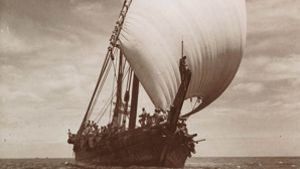
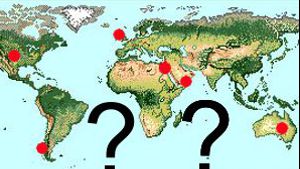
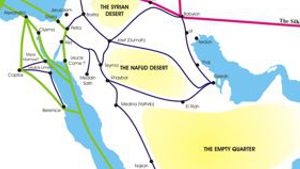
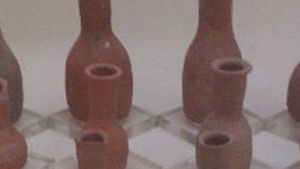
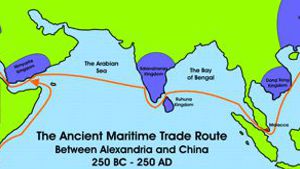





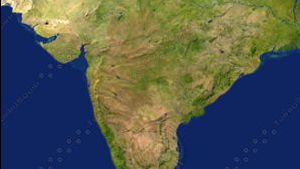
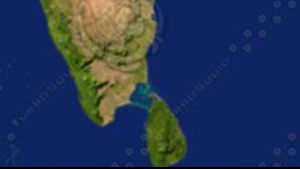

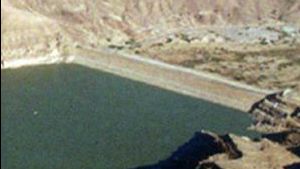
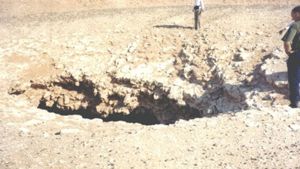

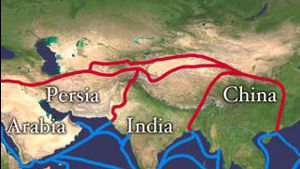
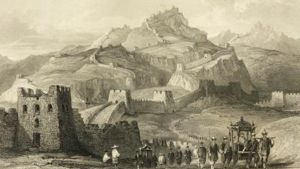
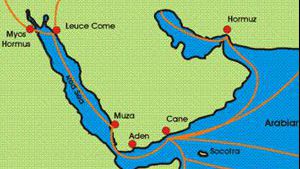
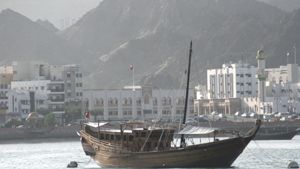
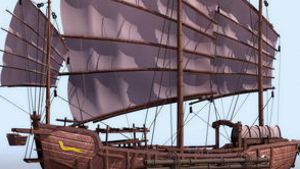
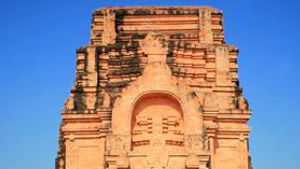

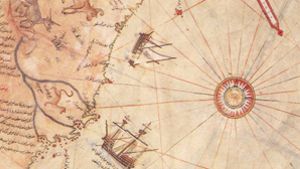
Page Discussion
Membership is required to comment. Membership is free of charge and available to everyone over the age of 16. Just click SignUp, or make a comment below. You will need a user name and a password. The system will automatically send a code to your email address. It should arrive in a few minutes. Enter the code, and you are finished.
Members who post adverts or use inappropriate language or make disrespectful comments will have their membership removed and be barred from the site. By becoming a member you agree to our Terms of Use and our Privacy, Cookies & Ad Policies. Remember that we will never, under any circumstances, sell or give your email address or private information to anyone unless required by law. Please keep your comments on topic. Thanks!